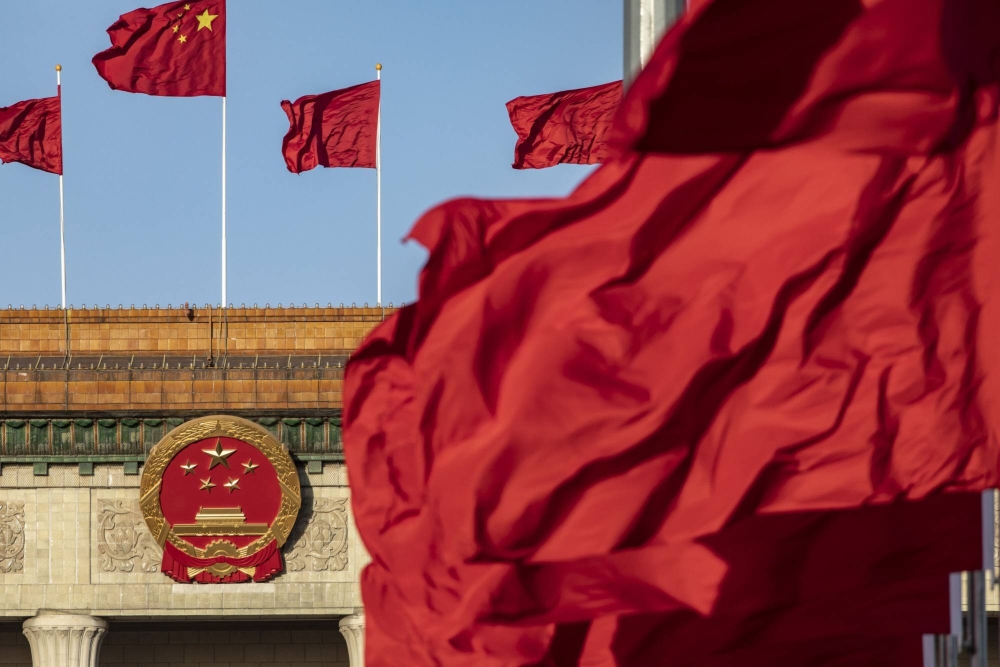The unemployment rate of people aged 16-24 fell into that prickly category, after hitting a record of 21.3% in June.
China’s abrupt decision to pause releasing data on its soaring youth jobless rate this week was the latest sign the Asian giant is increasingly restricting sensitive information — especially when it’s unflattering to the nation’s faltering economy.
The unemployment rate of people aged 16-24 fell into that prickly category, after hitting a record of 21.3% in June. One fifth of young people being out of work is a troubling statistic for a ruling Communist Party obsessed with maintaining social stability.
As China’s economy battles a slew of threats to its economic expansion target for 2023, a wider range of data is being deemed unsuitable for public consumption. President Xi Jinping’s ideological battle with the US has also motivated Beijing to ringfence data it believes could advantage the Biden administration.
While much of China’s vanishing data disappears quietly, the decision to hold back the jobless rate was announced at a press briefing. The National Bureau of Statistics has a history of halting releases that are uncomplimentary for the economy, but they don’t usually make the decision public.
The government last month indicated that July’s figure would probably increase, setting another record. Then suddenly on Tuesday, officials said they would pause publishing the data, citing the need to iron out the method for how it is assessed.
Calculating the actual employment rate is complex and it’s plausible the government decided the changing nature of the economy and labor patterns means their current model isn’t accurately reflecting reality. However, the timing of the move raises questions, given how the number was set to hit another record. The authorities indicated they may resume publishing the data in the coming months.
Land Sales
Numbers showing the amount of land developers bought and the price they paid have been missing from the monthly release. The data series goes back to 1998. The move came as the amount of land sold for development slumped more than 50% last year.
That decline indicated the housing crisis was worse than the government has said. Local government revenue from land sales last year only fell 23%, according to official figures.
Currency Reserves
Another curious data point is the amount of money the government holds in official foreign exchange assets, which has held remarkably steady since 2017. That’s despite China running an increasingly large trade surplus over that period, which should have led to an increase in reserves.
Brad Setser, the former US trade and Treasury official, suggests that half of the actual reserves are “hidden.” Many of the nation’s reserves don’t show up in the official books of the People’s Bank of China because they’re stashed in “shadow reserves,” appearing among the assets of entities such as state commercial lenders and policy banks, he said.
Despite the growing trade and current account surplus, the currency has also been stable, indicating that some of that money is likely being used to intervene in currency markets.

